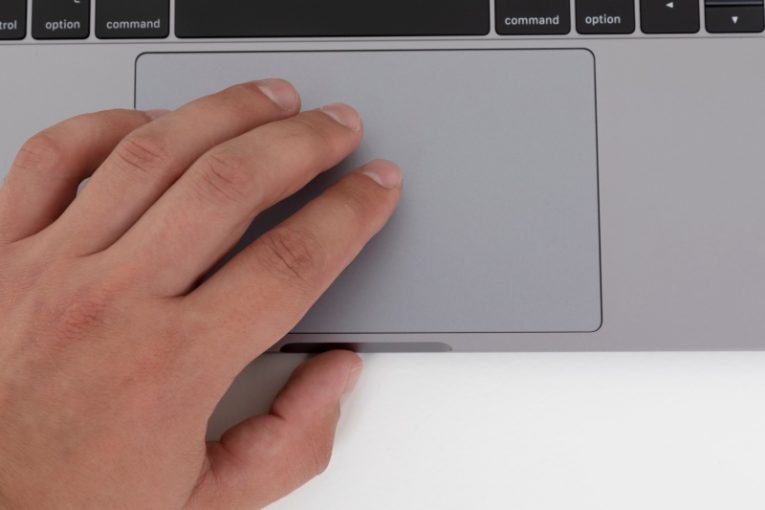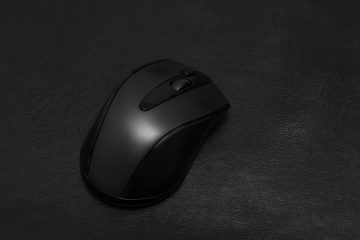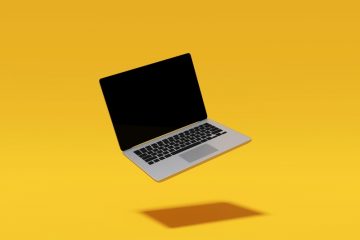MacBook Trackpad Not Working

MacBooks are great pieces of hardware but sometimes even great hardware can run into issues, caused both by software conflicts and by hardware failures.
If your MacBook trackpad has suddenly stopped working, you may be finding yourself in a sticky situation. A lot of users are very used to the multi-functional trackpad and perform a wide range of tasks with it. Some may not even keep a backup mouse on hand in case they run into issues.
Firs of all, assuming you do not have an external mouse you can plug and use while you follow this guide, the first thing you should do in case of trackpad issues is enable "mouse keys" as MacOS calls them. To do that, pressing the Command+Option+F5 keys to open Accessibility Options. Use the Tab key to cycle the currently selected item until you can enable mouse keys using the spacebar.
Once you have done this, you can use your three rows of keys, namely 7, 8, 9, U, I, O, J, K, L to move the mouse in eight directions, using the I key in the center of this set of keys as a mouse click.
Considering you have already enabled mouse keys or have simply plugged in an external mouse, there are several things you can do to fix your trackpad.
-
Table of Contents
Reset the trackpad
Navigate to System Preferences. In there, select Bluetooth > click 'Turn Bluetooth Off'. Next navigate to Accessibility > Mouse and Trackpad. In this menu, disable the option called "Ignore built-in trackpad when mouse or wireless trackpad is present", in case it was enabled.
If you are having problems with single click trackpad actions registering as double clicks, navigate to Accessibility > Mouse and Trackpad and adjust the "Double-click speed" slider, until you get the behavior you want.
-
Check for operating system updates
Open System Preferences > Software Update. In case you see a new version of MacOS available, use the Update Now button. System updates may occasionally fix issues with your trackpad.
-
Reset your NVRAM
Your NVRAM stores settings from certain programs for faster access, but it can also store conflicting settings that get in the way of the normal work of your trackpad.
To reset your NVRAM, shut down your MacBook. The next time you turn it on, immediately press and hold the Option+Command+P+R keys on your keyboard. Keep the keys pressed for about 20 seconds, count out loud if you think it will help time it better. When you release the keys, your Mac will boot up and your NVRAM will be reset.
Bear in mind that resetting your NVRAM will also reset several system settings such as display resolution, sound volume and boot disk selection. Make sure you head to your system settings and set all your options accordingly.








